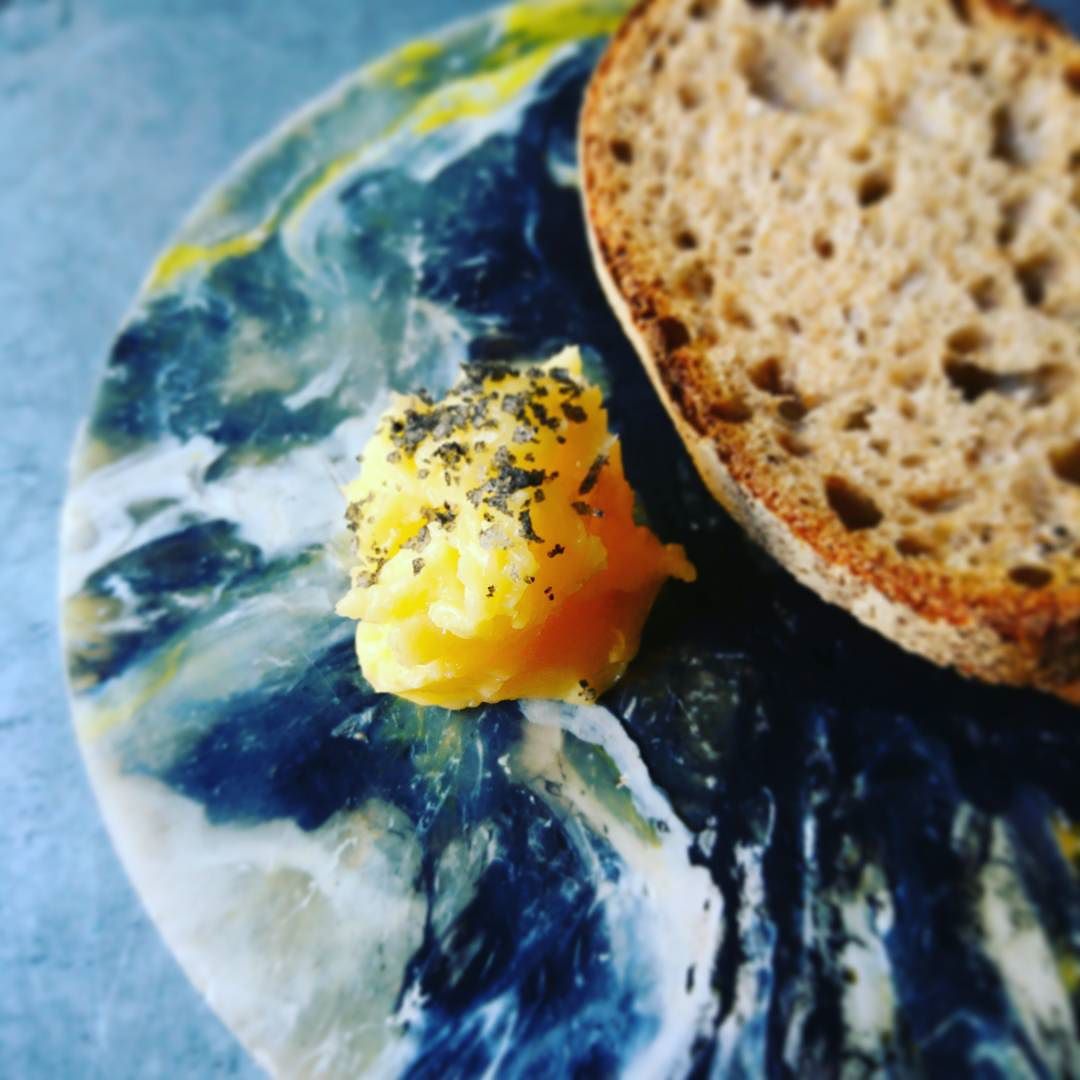Last Updated on 12/07/2017 by Chris Gampat
We want to start this article off by saying that we live in a day and age where every camera is good if not great. It’s possible to create a fantastic photo with a DSLR. It’s pretty muc as possible to create an equally stellar photo with a mirrorless camera. Of course, that also means you can create an absolutely fantastic photo with film. And ultimately, it means you can create exceptional images with a phone. The outright problem though is so many marketing jargons and old school thought mentalities don’t believe a phone is capable of creating great photos. But indeed, it really is. And when it comes specifically to food photography, it’s all about the person creating the images.
Editor’s Note: This is a co-written piece by both EIC Chris Gampat and Xavier De Buendia
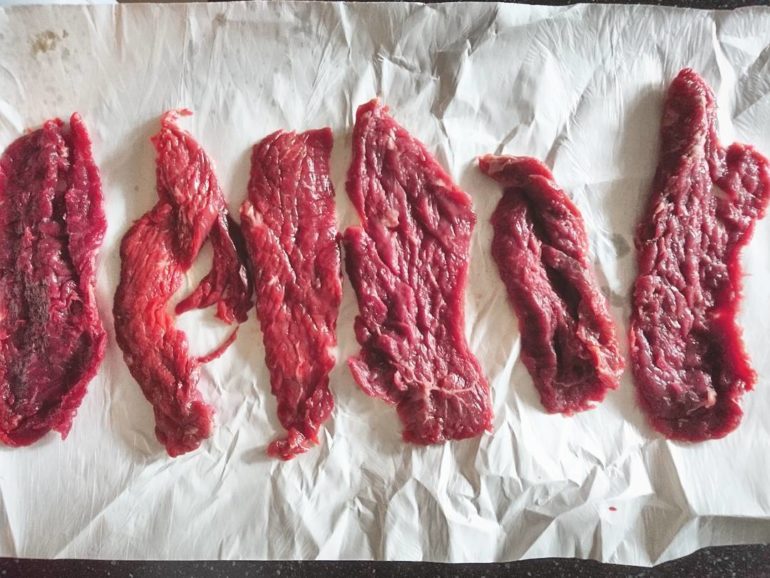 Just the other day, while editing a job, I listened to an interview with James Hetfield of Metallica on Joe Rogan’s podcast, and somewhere in the conversation, James mentioned how he and the rest of the band keep the energy and intensity in their playing after all these years. It has something to do with the constant search for that ultimate riff and trying to become a better version of the band every single day. I identified with that statement since I apply something similar to my food photography. I’m always in search for ways to make food look exciting; I’m always after that ultimate dish – that composition or frame me or the chef who created the dish will be remembered for, and it’s always the next one. I get home, look at my photos and think I could have done better, and then I go out and try again and this cycle repeats again and again.
Just the other day, while editing a job, I listened to an interview with James Hetfield of Metallica on Joe Rogan’s podcast, and somewhere in the conversation, James mentioned how he and the rest of the band keep the energy and intensity in their playing after all these years. It has something to do with the constant search for that ultimate riff and trying to become a better version of the band every single day. I identified with that statement since I apply something similar to my food photography. I’m always in search for ways to make food look exciting; I’m always after that ultimate dish – that composition or frame me or the chef who created the dish will be remembered for, and it’s always the next one. I get home, look at my photos and think I could have done better, and then I go out and try again and this cycle repeats again and again.
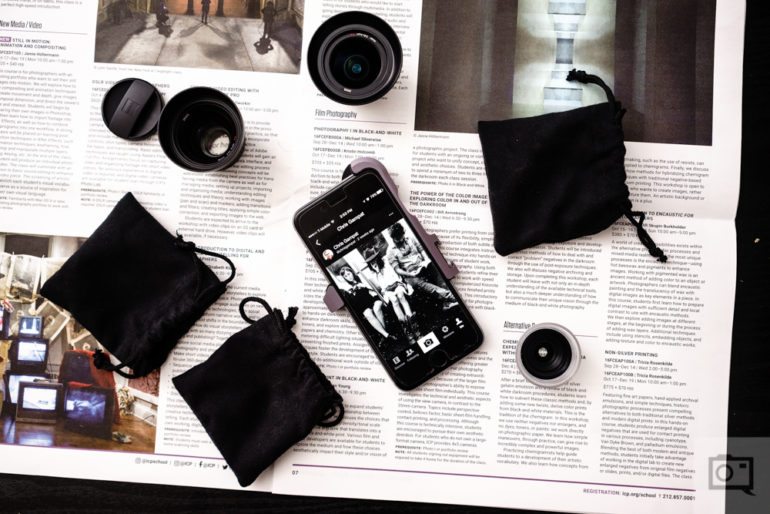 The way I use my gear, the combination of my Sigma Art lens and Nikon D800, is purely in search of that sweet spot in a dish or composition that catches the eye and makes people hungry; that sense of food porn if you like. I focus on textures, contrasts, highlights and shadows, shapes, and something that makes the dish speak to people; something that makes it desirable.
The way I use my gear, the combination of my Sigma Art lens and Nikon D800, is purely in search of that sweet spot in a dish or composition that catches the eye and makes people hungry; that sense of food porn if you like. I focus on textures, contrasts, highlights and shadows, shapes, and something that makes the dish speak to people; something that makes it desirable.
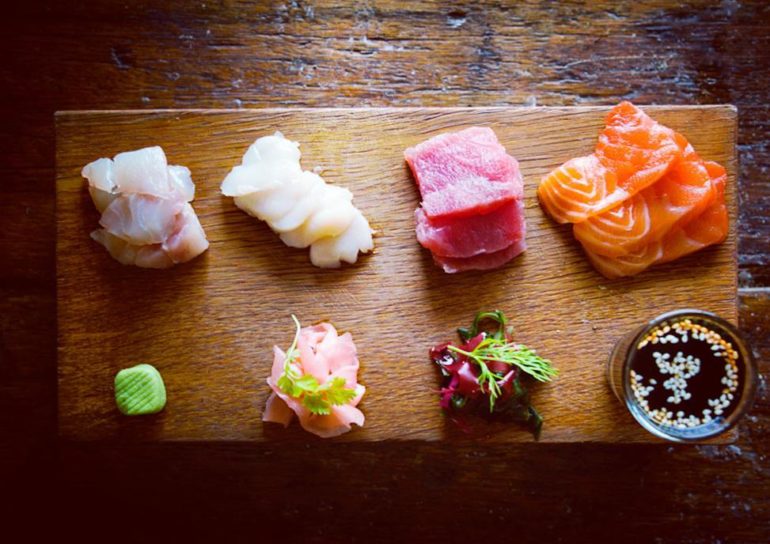 Now, my phone is a different story, I’m spoiled rotten by my gear and its endless possibilities, so my phone is a very limited tool. I still don’t know how the heck it works or how to change the settings, but I know how to compose a shot, so I learned how close it can focus and how the light hits my subject – I’m halfway there to a decent picture. At the end of the day, that’s really what matters. Photographers are perhaps the only ones who will care about settings, the camera used, the lighting, etc. But what you should really think about with food photography is the end user. Most of the people looking at food images on a company’s Instagram page are more interested in what the place offers. They need to be tempted by the scene and the food. They want to be made hungry.
Now, my phone is a different story, I’m spoiled rotten by my gear and its endless possibilities, so my phone is a very limited tool. I still don’t know how the heck it works or how to change the settings, but I know how to compose a shot, so I learned how close it can focus and how the light hits my subject – I’m halfway there to a decent picture. At the end of the day, that’s really what matters. Photographers are perhaps the only ones who will care about settings, the camera used, the lighting, etc. But what you should really think about with food photography is the end user. Most of the people looking at food images on a company’s Instagram page are more interested in what the place offers. They need to be tempted by the scene and the food. They want to be made hungry.
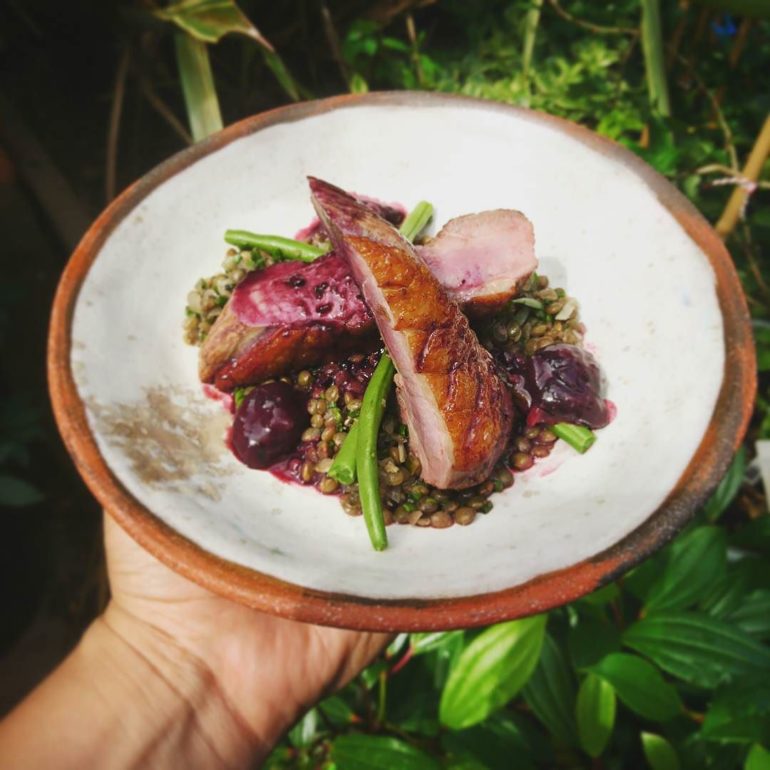 Let’s put this into a bit more perspective here: lots of folks love avocados. If those people are looking at images of avocados in a sandwich or a meal, the last thing they care about is the focal length. To be fair, those longer cinematic focal lengths help to isolate the subject. But that can be done with any camera: even a phone. No one is going to flip through the images on Instagram trying to pixel peep a photo of an avocado. They’re going to care about the meal itself. In cinema, you call this the mise-en-scene; and it has to do with all the elements of an image that you’re seeing. The technicalities come second to the content–and no matter what you’re doing, content is king. It can be presented in a multitude of ways, but at the same time, I don’t always use my phone for professional food photography.
Let’s put this into a bit more perspective here: lots of folks love avocados. If those people are looking at images of avocados in a sandwich or a meal, the last thing they care about is the focal length. To be fair, those longer cinematic focal lengths help to isolate the subject. But that can be done with any camera: even a phone. No one is going to flip through the images on Instagram trying to pixel peep a photo of an avocado. They’re going to care about the meal itself. In cinema, you call this the mise-en-scene; and it has to do with all the elements of an image that you’re seeing. The technicalities come second to the content–and no matter what you’re doing, content is king. It can be presented in a multitude of ways, but at the same time, I don’t always use my phone for professional food photography.
Contrary to that ultimate photograph I look for when shooting professionally, with my phone I want to get a nice record shot of why that subject captured my eye; maybe the way it was laid on the table or the way the light illuminates it, maybe a detail that made me want to photograph it or an interesting pattern. Many times I lay my camera next to the food because I don’t like selfies, so it’s my way of saying, “Hey, look at me, I’m shooting here with that person.” Other times, I will purposely take a terrible picture and post it as a bad joke or rant.
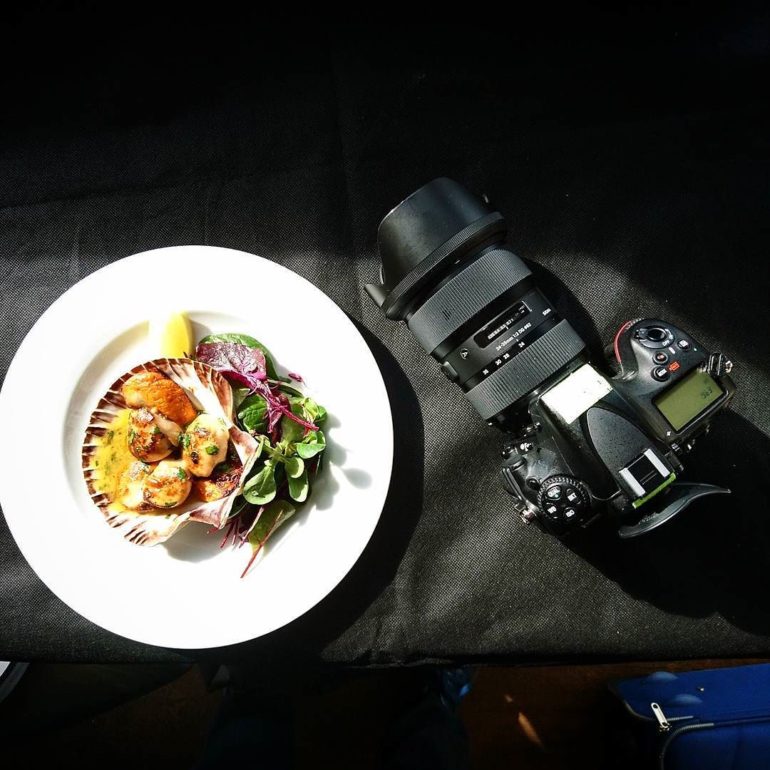 I don’t like the way photos look straight out of the phone, just like RAW files, so I guess I’m doing something right. Anyway, I do want them to look just a bit different from my pro gear, so all the editing happens on Instagram. I like the first two filters: Clarendon and Gingham and occasionally I use Ludwig and (rarely) X-pro II. I’d go about tweaking each slider on the edit menu until I get something I’m pleased with or serves the purpose of the photo. With phone photography, you need to remember that the image is simply just that–an image. All the magic of mobile photography comes out with the post-production.
I don’t like the way photos look straight out of the phone, just like RAW files, so I guess I’m doing something right. Anyway, I do want them to look just a bit different from my pro gear, so all the editing happens on Instagram. I like the first two filters: Clarendon and Gingham and occasionally I use Ludwig and (rarely) X-pro II. I’d go about tweaking each slider on the edit menu until I get something I’m pleased with or serves the purpose of the photo. With phone photography, you need to remember that the image is simply just that–an image. All the magic of mobile photography comes out with the post-production.
Recently I installed VSCO on my phone. I like their filters a lot and I can get better results with their editing tools, especially when I focus particularly on light, contrast and colours of a scene to make the food stand out. I like the simplicity and ease of use of VSCO and that I can add any picture I take with my phone, edit it, save it, and there’s no need to share it straight away. I can share it to all my social media platforms if I need to. The editing tools are pretty straight forward and since I have found the filters I like, I stick to those and do a bit of fine-tuning with the editing sliders. VSCO’s collection update is pretty cool too. It gives me a good amount of inspiration and I see what can be done with their filters. It’s nicely curated compared to Instagram.


